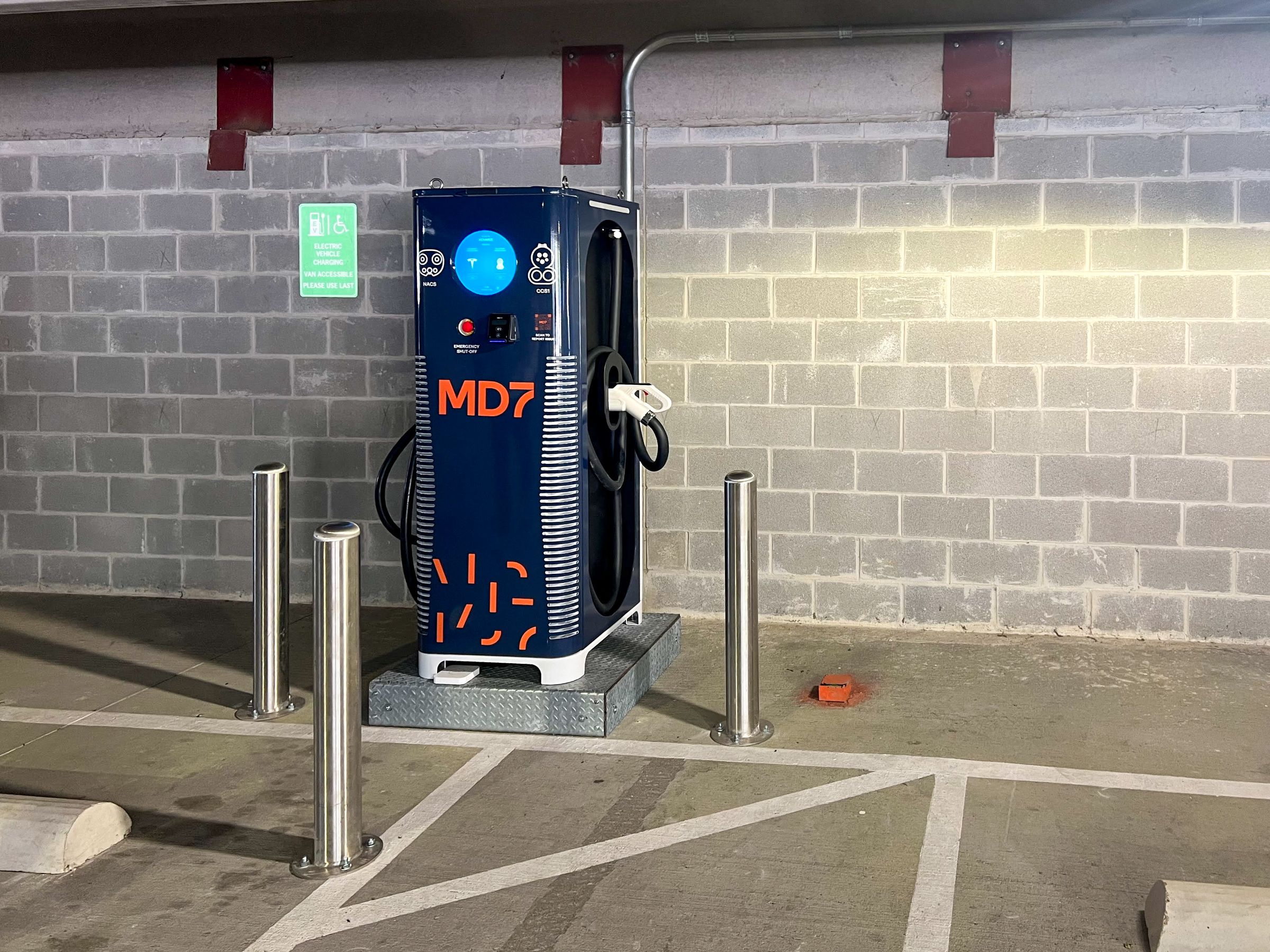Best Practices for Small Cell Design
When viewed through the lens of our rapidly advancing industry, the implementation of small cell installations is nothing new. But, in the red tape laden world of local government zoning, small cell deployments are still relatively novel.
As such, a substantial majority of jurisdictions across the U.S. have yet to establish any standards for small cell design. Additionally, within the small group of cities and counties that have, the large variety of discordant design standards and state utility regulations makes it nearly impossible to create a one-size-fits-all solution that works across the country.
However, after working together with a plethora of jurisdictions throughout the U.S., we have seen that there is a common theme aimed at creating an integrated design that is as unobtrusive as possible. To that end, we have established a set of best practices for small cell design that can be used for successful deployment in almost every location across the country.
- Ideal: Completely hidden in pole. All-in-one new pole solutions where even the antenna is disguised as a pole feature are the gold standard. The Phillips SmartPoles deployed in San Jose are a great example.
- Flush-mounting and color matching on existing utility poles
- Seamless top mounting on existing light pole
- Enclosed and camouflaged in RF transparent screen
- RRUs/other equipment housed within new base shroud on light poles
- RRUs/other hidden behind existing street signs on pole
- Two antennas max, each antenna limited to 2-3 cubic feet
- Dedicate more time on the front end to work together with jurisdiction on a permit for a single site to create a compatible design solution. Implement the approved design into the remainder of the deployment to expedite the overall permitting process.




